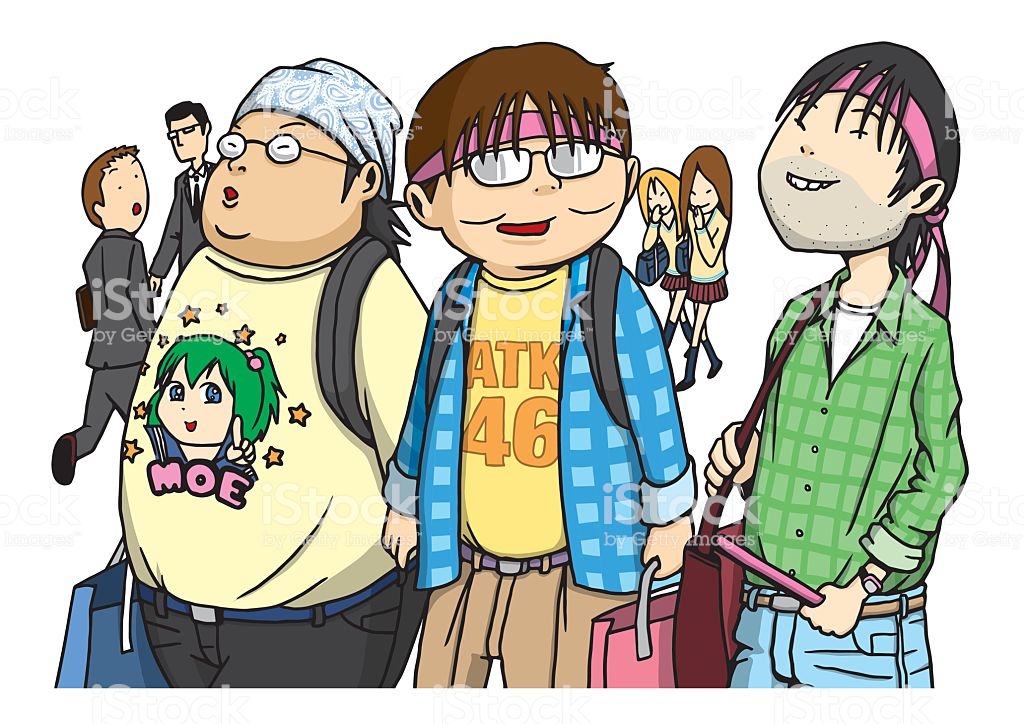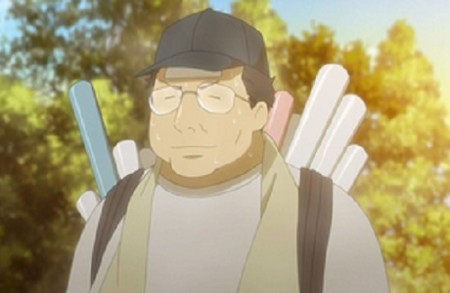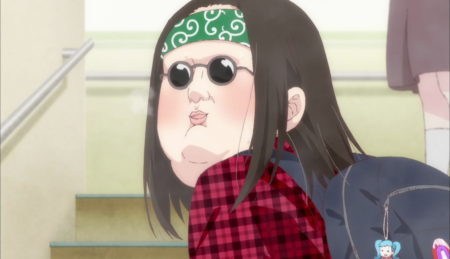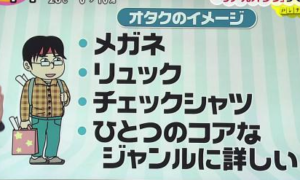Otaku, How You’ve Changed
At my age, and given how many years I’ve been watching anime, I consciously try to avoid being jaded or cynical. I don’t want to be that old guy grumbling, “Back in my day…” However, recently seeing the new “Stay Crunchy” advertising spot projected on a theatrical screen inspired me to recognize a philosophical change and evolution in otaku culture.
Despite being the home of anime and having a number of anime exclusive networks, Japan doesn’t produce ads that spotlight a broad swath of anime titles or promote anime culture itself. And from the infancy of American anime fandom through roughly the first decade of the 2000s, the attitude of American anime fandom largely reflected the Japanese perspective. The traditional Japanese perspective of anime is that anime itself is cool: the art form itself is cool. But watching anime does not make a person trendy, fashionable, or cool. In fact, traditionally the otaku depicted in anime has been an outsider or deviant. Nogizaka Haruka and Kirino Kosaka had to hide their fascination with anime. Hikari Tsutsui and Yuto Ito in 3D Kanojo Real Girl are alienated by their classmates because they’re known otaku. The de facto visual image of an otaku in Japanese culture is a potbellied male wearing a sweatband, backpack, and carrying shopping bags with protruding posters.
The default Japanese image of an otaku is the opposite of outgoing, active, and youthful. Yet particularly in America, especially in the two-thousand-teens, anime has taken on the image that watching anime makes one cool. The entire point of the “Stay Crunchy” ad is to illustrate the idea that immersing in anime makes viewers popular, trendy, special.
American anime conventions have steadily decreased featuring anime creators and Japanese artists as guests and increased emphasis on American voice actors and especially American cosplayers. And American fan conventions have drastically decreased emphasis on anime as Japanese artistic culture in favor of anime representing post-modern American indie culture. I’m objectively fascinated by the ontological evolution of the American perception of anime from anime being a weird, sketchy, fringe medium that only oddballs and misfits watched to becoming literally emblematic of “the cool kids.” “Back in my day,” American otaku were proud that fringe genre celebrities including Stephen Spielberg & Glenn Danzig were serious anime fans. Nowadays American otaku can proudly claim affinity with such mainstream celebrities as Ariana Grande, Ronda Rousey, Pharrell Williams, Kanye West, and Megan Fox. While the perception of anime itself as “cool” but otaku not so much has always been prevalent in Japan, I’m intellectually fascinated by the way that perception has evolved and change recently in America. In Japan anime is cool but watching lots of anime isn’t cool. Nowadays in America watching anime does make a person cool. The perceptions across the Pacific have grown completely opposite.






